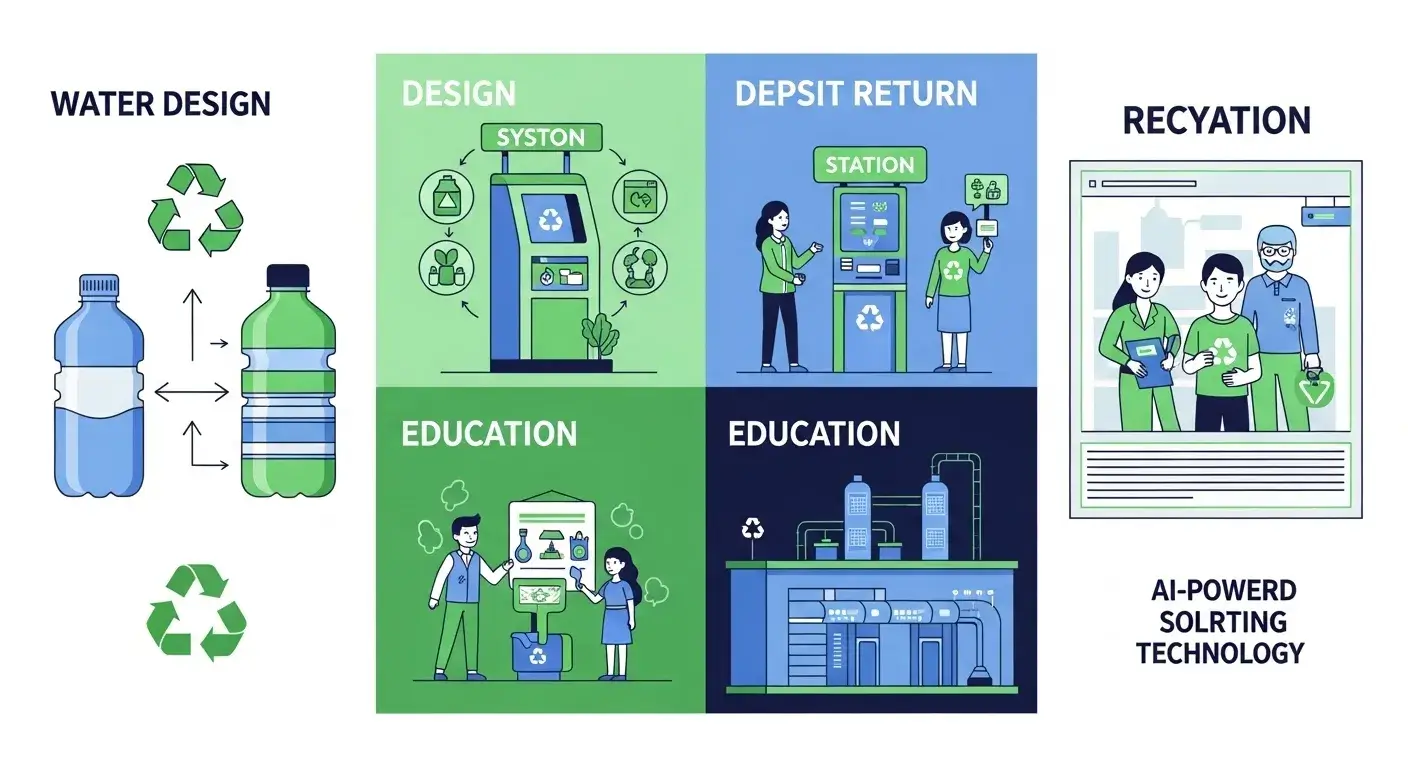
Recycling rates for plastic water bottles remain low—but we can change that. Here’s how to transform systems, design, and behavior to boost recyclability.
Improving bottle recyclability starts with better design, smarter systems, public education, and incentives like deposit returns.
Let’s explore 10 key steps to make recycling work better—for people and the planet.
What Are the Current Challenges in Recycling Water Bottles?
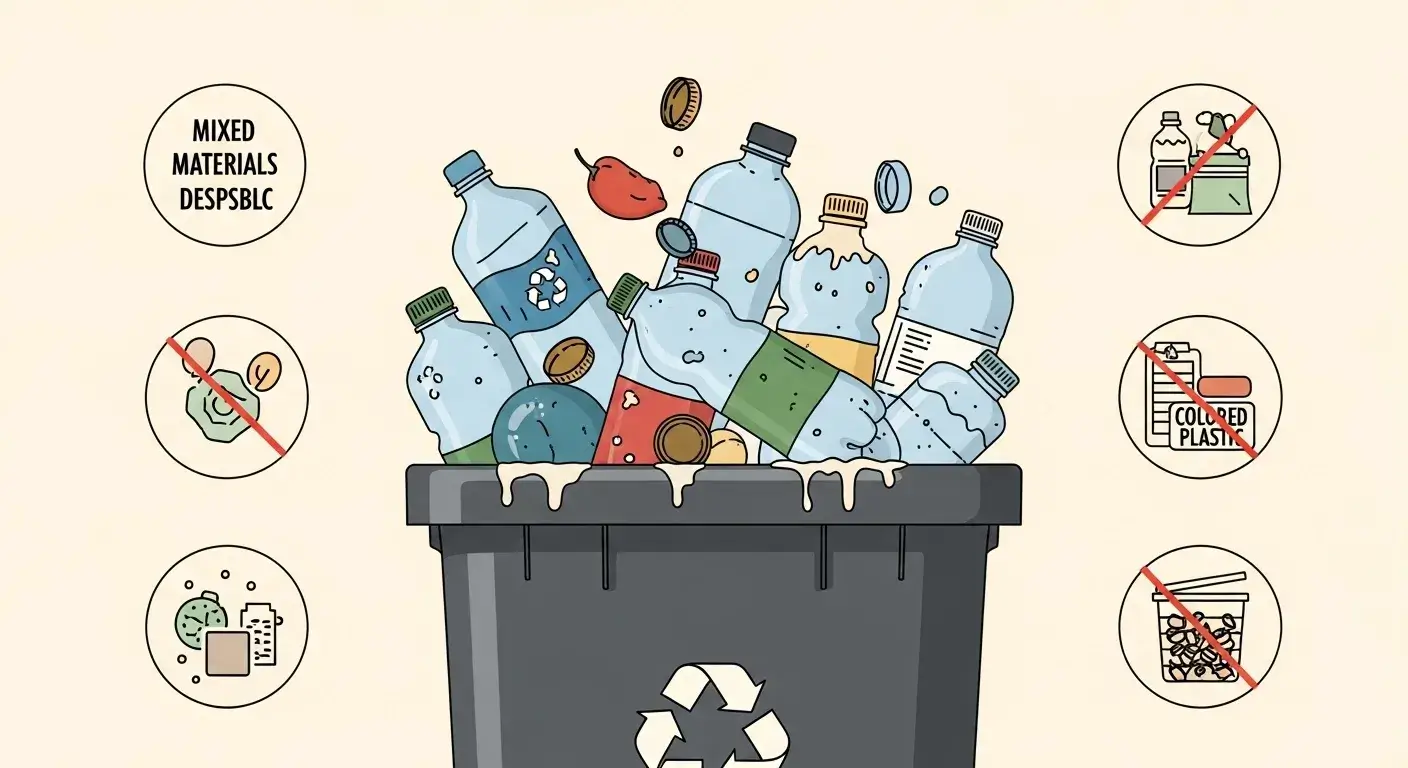
I’ve seen perfectly good bottles end up in the landfill—often due to contamination or mixed materials.
Low collection rates, leftover liquid, mixed plastics (labels/caps), and poor sorting are main challenges in bottle recycling1.
Key Issues:
- Bottles still contain residue or food debris
- Caps and labels use different plastics, causing contamination
- Colored or opaque bottles can’t be efficiently recycled
- Lack of awareness leads to improper disposal
These barriers reduce recycling efficiency significantly.
How Can Collection Systems Be Improved to Increase Water Bottle Recycling?
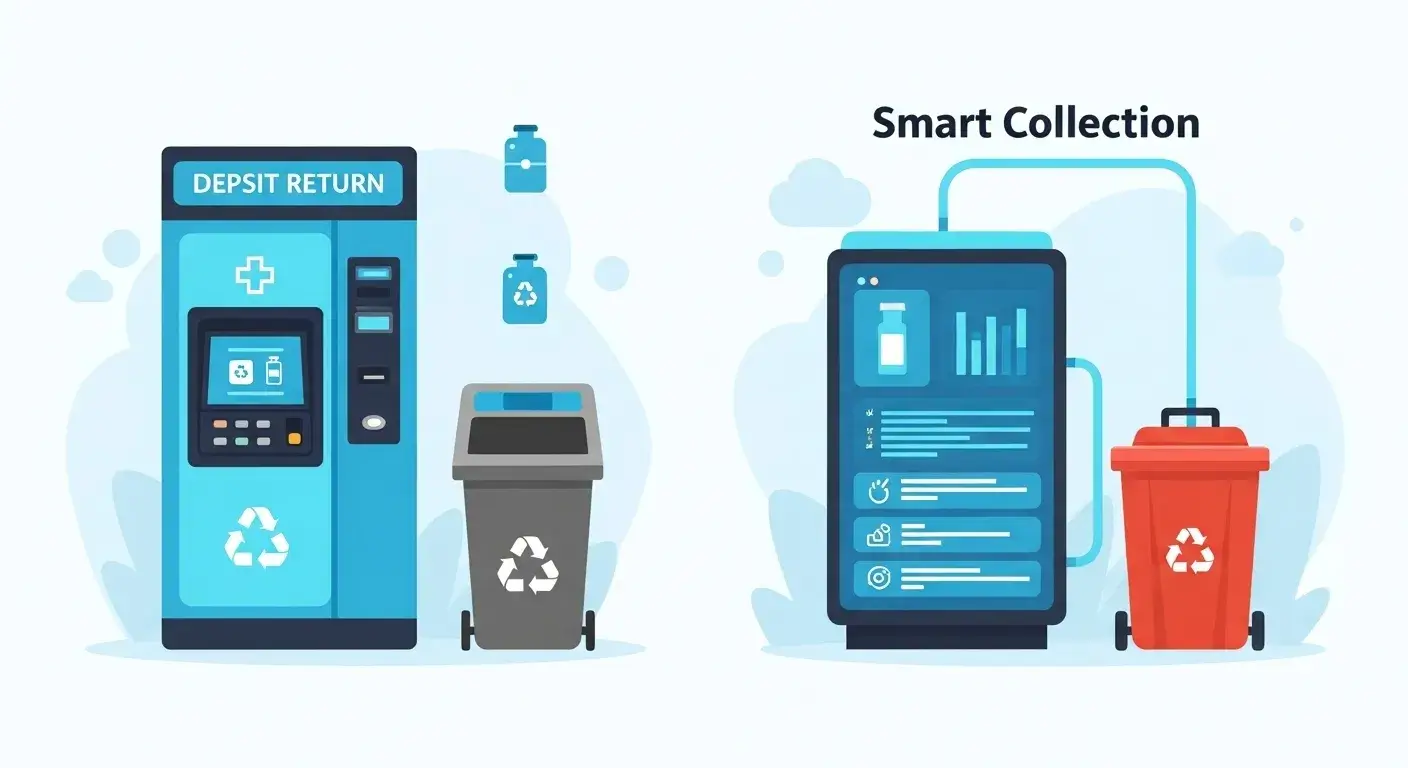
I live near a supermarket that pays cash for returned bottles—and the bins are always empty.
Better bin access, partnerships with local businesses, and deposit return schemes can boost recycling volumes and purity.
Collection Strategies
| Approach | Benefit |
|---|---|
| Deposit Return Schemes | Double return rates (up to ~90%+ in Europe) |
| Accessible drop-off bins | Removes barriers to recycling |
| Smart collection tech | Optimizes collection and reduces overflow |
DRS systems are proven to significantly increase recycling rates.
What Role Does Public Education Play in Enhancing Recycling Rates?

I once didn’t remove a bottle cap before recycling—until I learned that it derailed the whole batch.
Public education about rinsing, separation, and correct disposal2 can reduce contamination and increase success rates.
Education Goals:
- Rinse and empty bottles before recycling
- Remove caps & labels if required
- Sort bottles into the proper bin
Clear campaigns drive real change in recycling behavior.
How Can Advanced Sorting Technologies Improve Plastic Bottle Recycling?
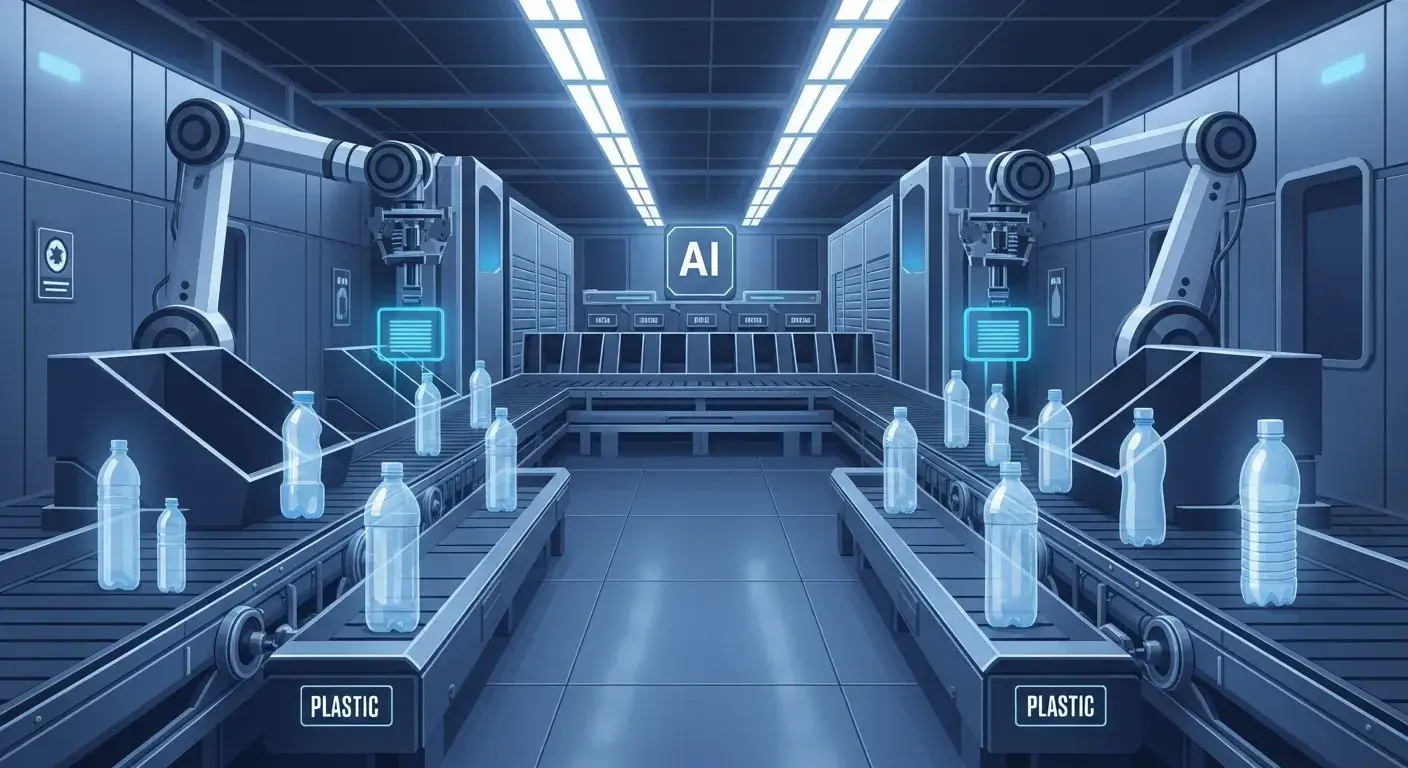
I toured a recycling plant where robots and AI sort materials faster than any person.
AI-powered optical sorting and robotics can sharply increase purity and yield3 of recyclable plastics.
Tech Highlights:
- Optical scanners identify material type/color
- AI systems train robots to separate plastics efficiently
- Automated sorting reduces manual contamination errors
Smart sorting systems enhance material value and processing efficiency.
What Are the Benefits of Using Deposit Return Schemes for Bottles?
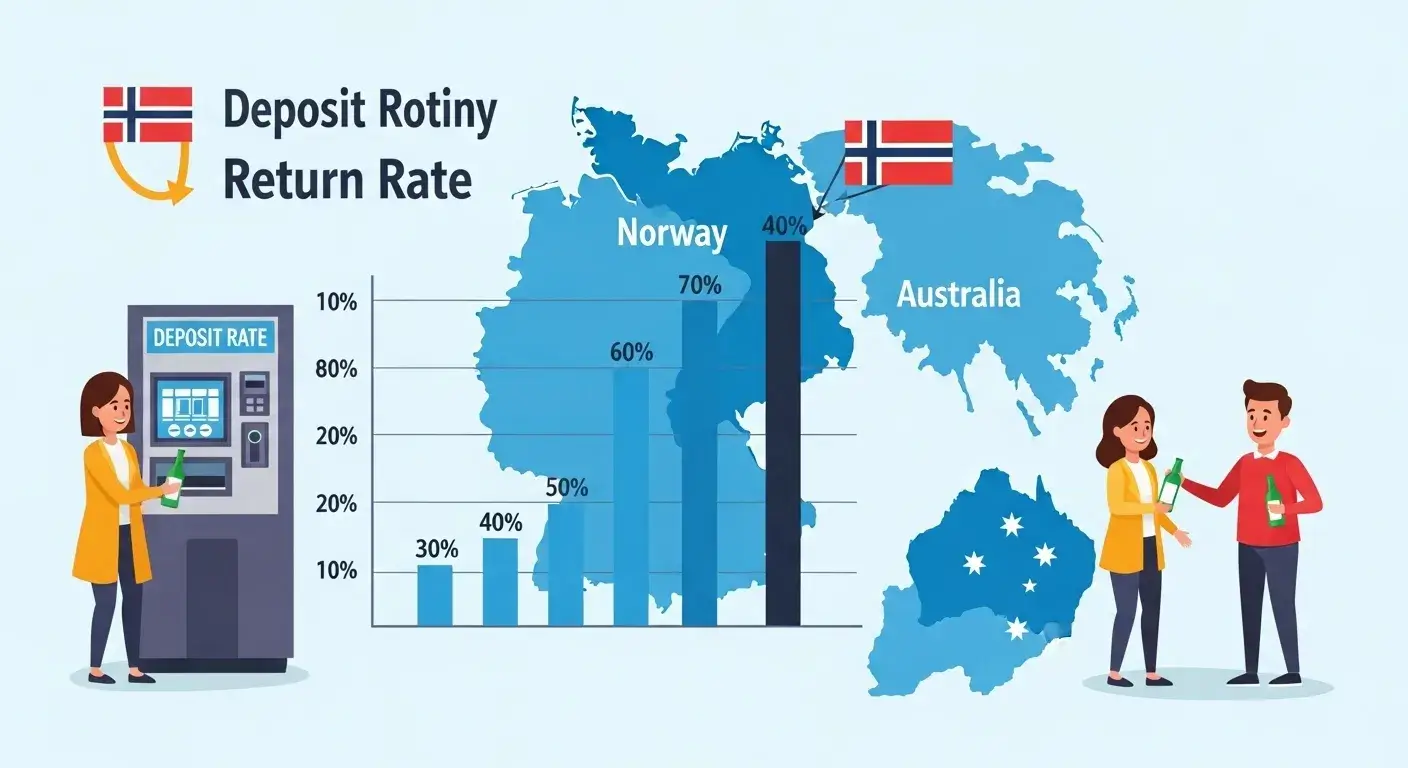
In Germany, nearly every bottle gets recycled—thanks to high-value deposit systems.
Deposit schemes offer financial incentives that reliably push return rates4 above 90%.
Deposit Outcomes:
- Norway hits ~92% return rates :contentReference[oaicite:4]{index=4}
- Germany achieves ~94% PET recycling :contentReference[oaicite:5]{index=5}
- Australia at 65% with low deposit; doubling could raise that to European levels :contentReference[oaicite:6]{index=6}
Monetary value drives behavior—and cleaner recycling streams.
How Can Manufacturers Design Water Bottles for Better Recyclability?
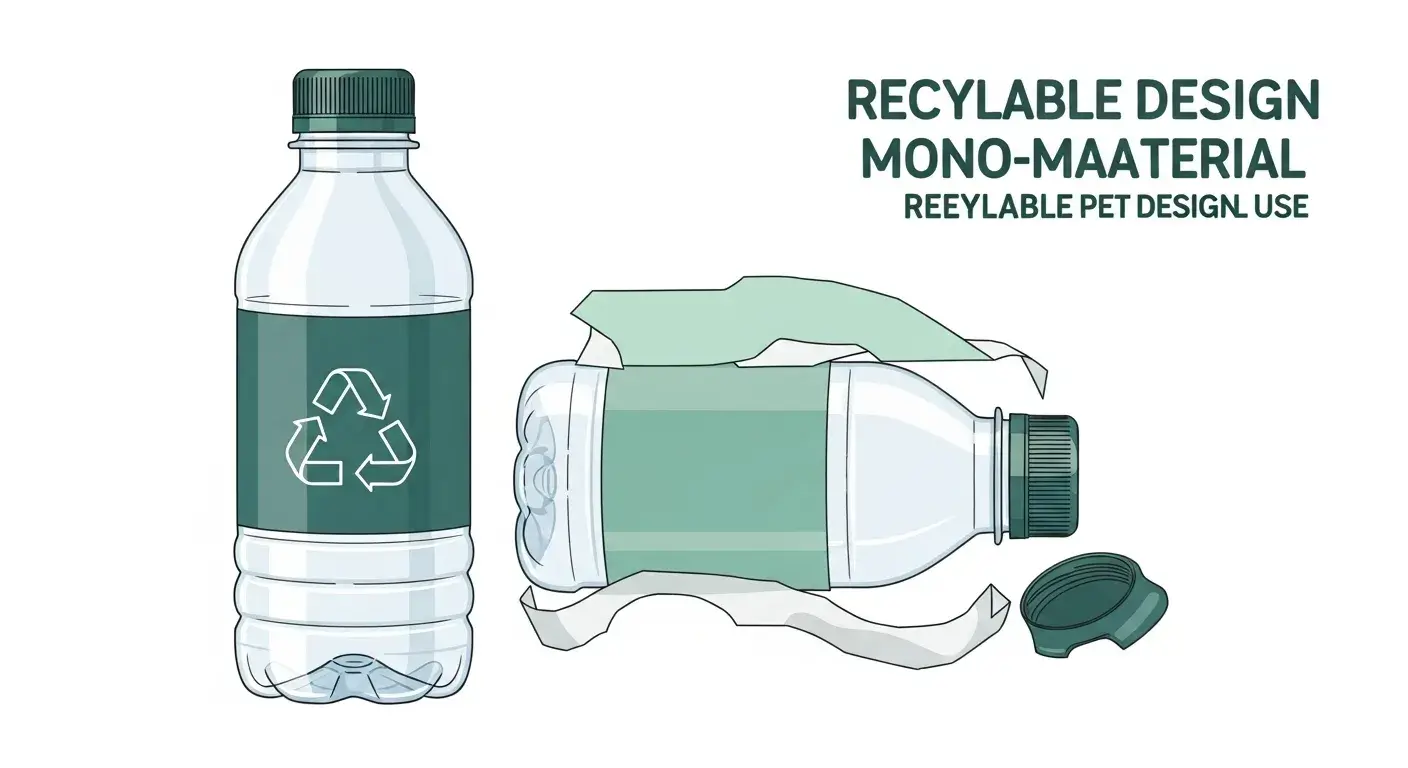
My favorite brand switched to clear labels—and the whole batch became recyclable.
Use mono-materials, clear PET, and minimal adhesives or layered labels5 to keep bottles easy to recycle.
Design Checklist:
- One plastic type (no mixed polymers)
- Avoid carbon-color or opaque plastics
- Use peelable labels or direct printing
- Design caps to stay attached but recyclable
Smart design means the bottle can complete its lifecycle.
What Incentives Encourage Consumers to Recycle Water Bottles Properly?
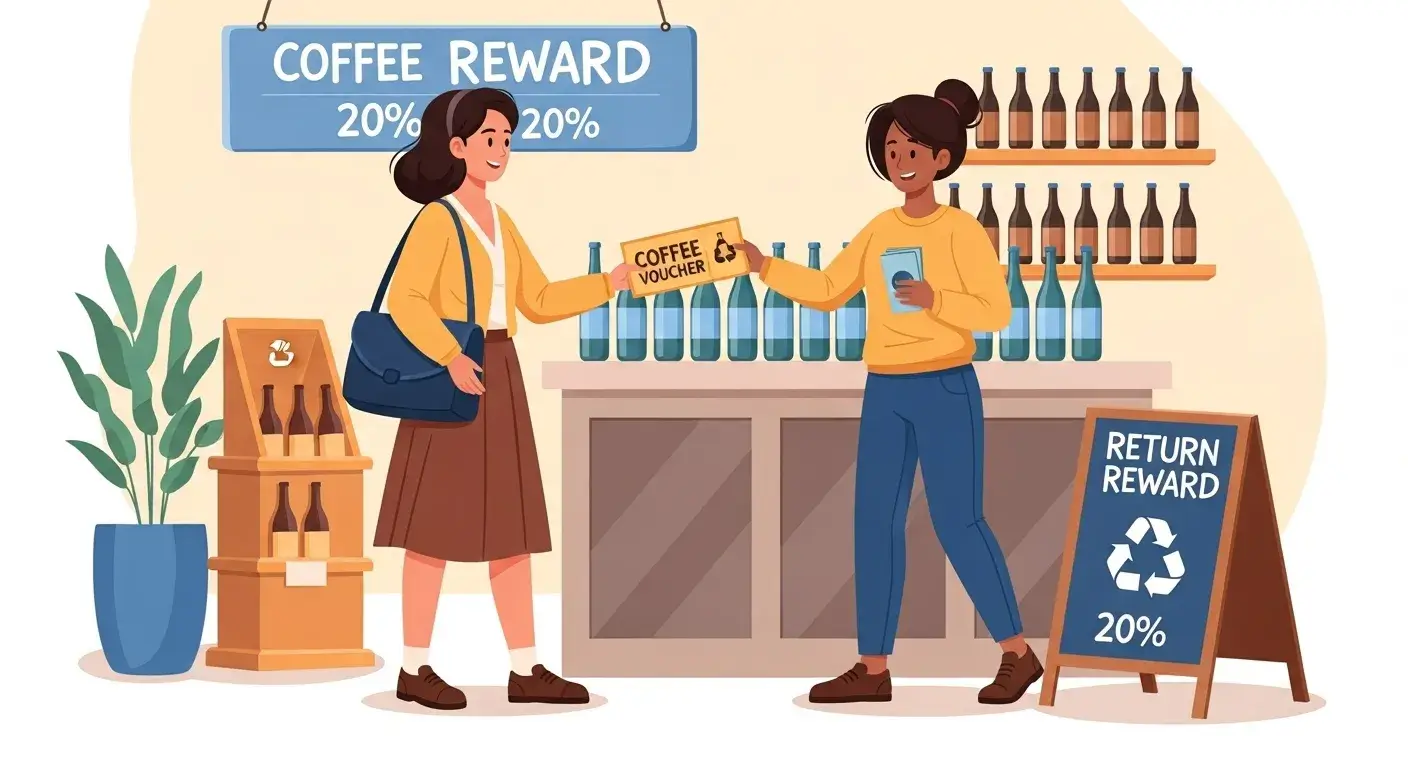
A friend once earned free coffee from returned bottles—now she brings them every day.
Cash rewards, loyalty programs, or freebies work to reinforce recycling habits6.
Incentive Examples:
- Retailer discounts tied to bottle returns
- Community-driven bottle collection projects
- Volume-based rewards (e.g., refillable incentives)
Incentives make good actions stick.
How Does Removing Caps and Labels Affect Recycling Efficiency?
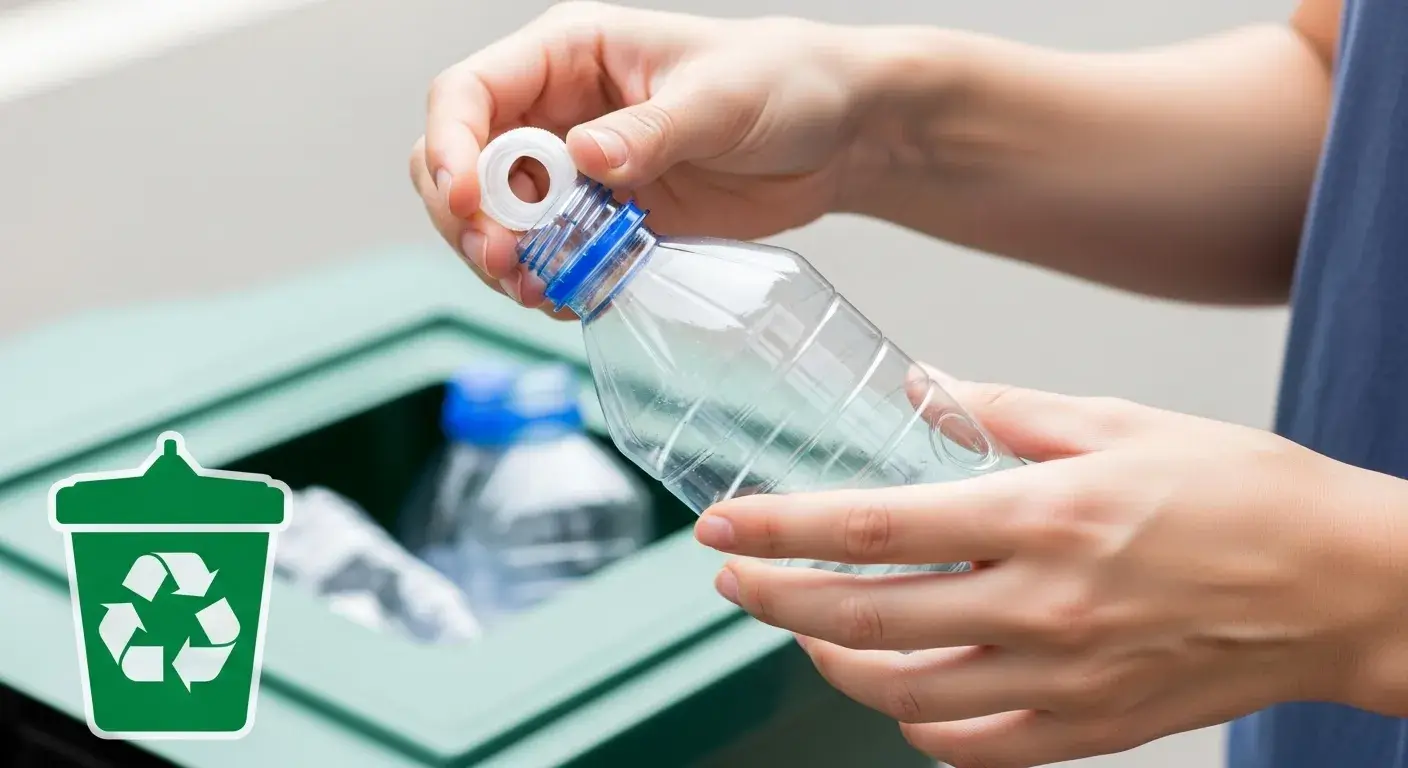
One small plastic cap can ruin an entire recycling batch if not sorted properly.
Caps and labels often contaminate recyclate—removing them improves material separation7 and quality.
Best Practices:
- Peel off paper/plastic labels
- Unscrew caps (or leave attached based on local rules)
- Clear off plastic sleeves before recycling
Simple prep makes a huge impact downstream.
What Innovations Are Emerging to Make Plastic Bottles More Recyclable?
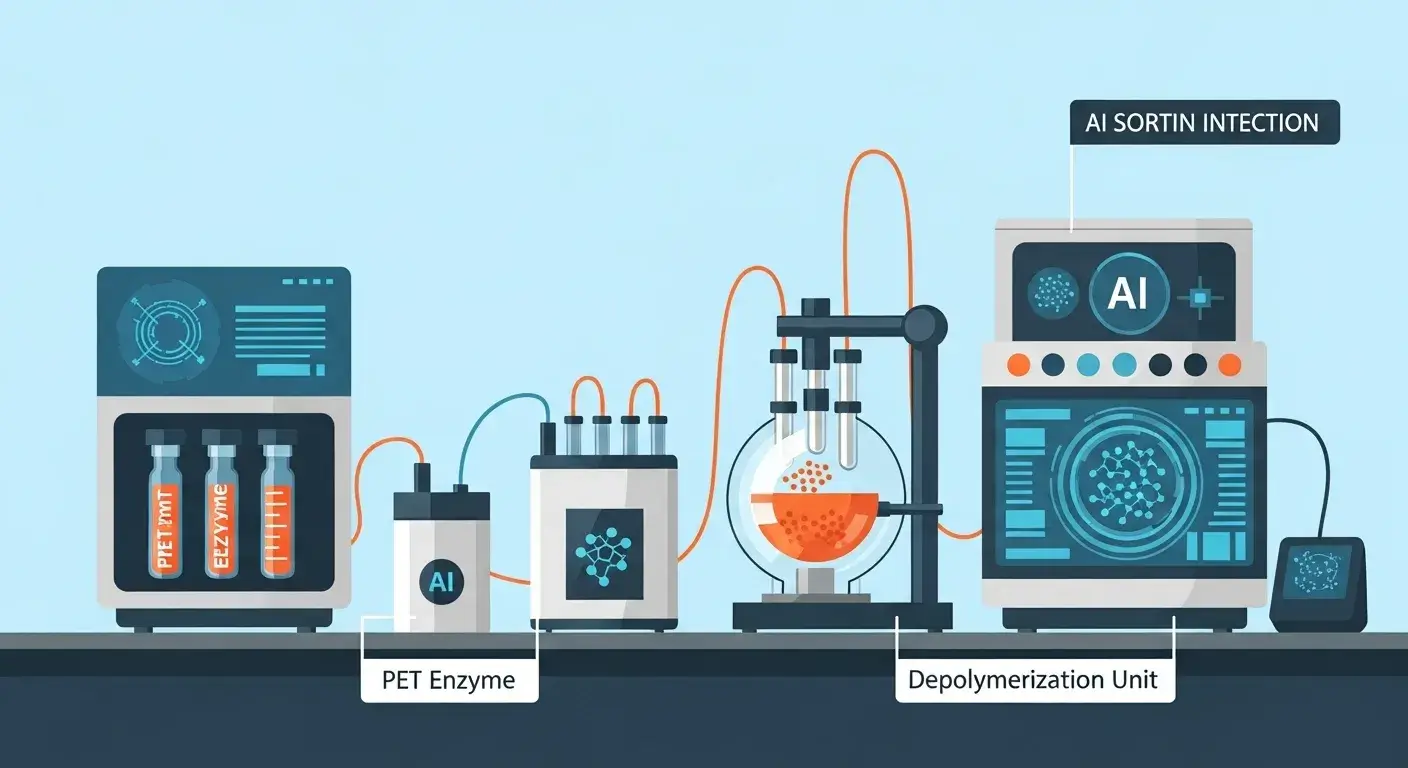
Nature-inspired enzymes are showing promise—breaking down bottles in hours, not decades.
Enzyme-based breakdown and chemical depolymerization8 are unlocking advanced recycling possibilities.
Cutting-Edge Methods:
- PET-specific enzymes converting bottles into monomers
- Chemical recycling turning plastics back into feedstock
- Solvent-based label removal systems
- Deep-learning sorting machines
These innovations could reshape recycling futures.
How Can Collaboration Between Stakeholders Boost Water Bottle Recycling?
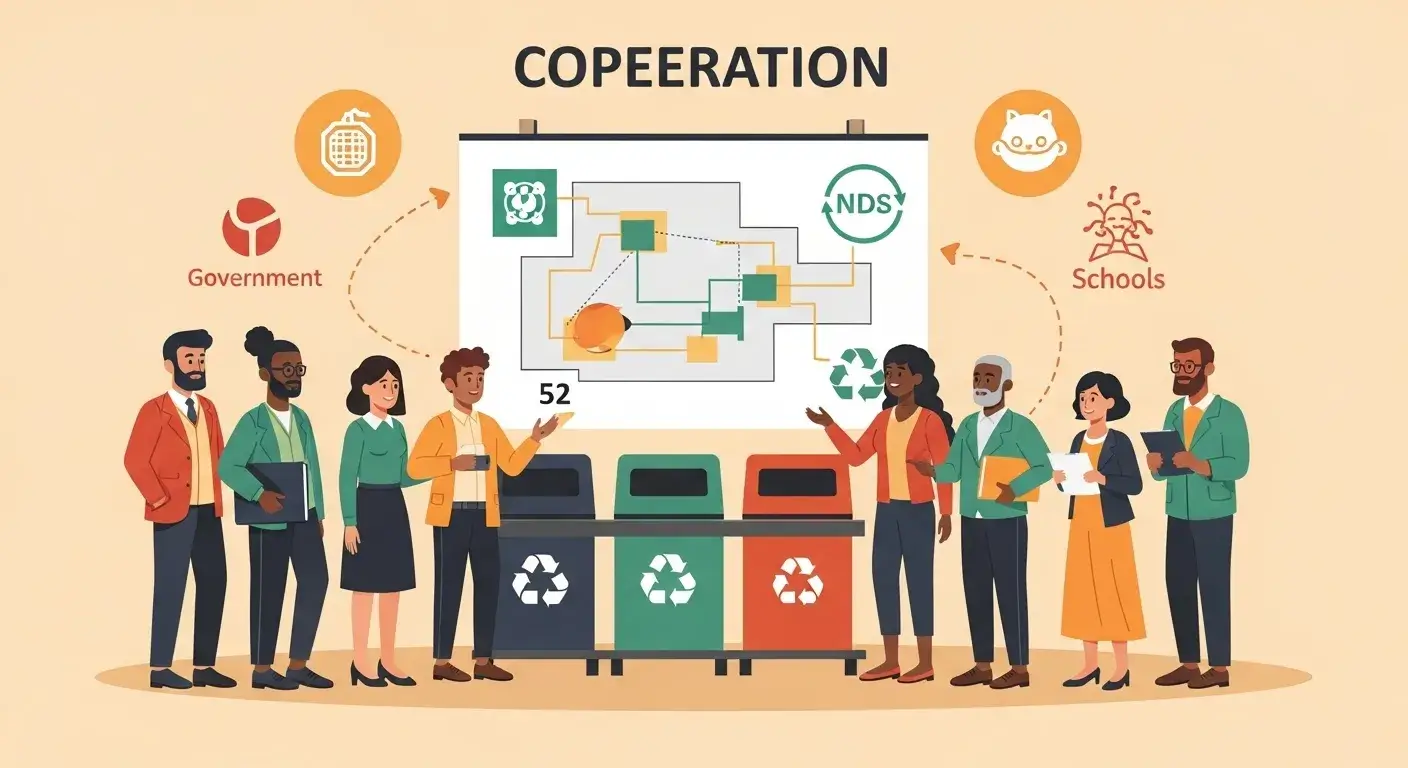
Cities that align brands, recyclers, and schools see real recycling gains.
Joint efforts across manufacturers, governments, recyclers, and consumers9 create a powerful recycling system.
Collaborative Actions:
- Brands designing with recyclers’ input
- Local councils funding bins and educational campaigns
- Schools and NGOs teaching recycling processes
- Consumers actively participating and giving feedback
Recycling wins when we all work together.
Conclusion
Making water bottles truly recyclable requires better design, smarter systems, educated consumers, and strong incentives. It’s a team effort—but the rewards are real.
Footnotes:
-
Summarizes the top recycling obstacles including contamination and mixed materials ↩
-
Helps readers understand how basic prep improves bottle recycling success ↩
-
Highlights how AI and robotics make sorting more accurate and efficient ↩
-
Shows how bottle deposit systems boost recycling return rates ↩
-
Lists design choices that make bottles easier to recycle ↩
-
Describes consumer rewards that encourage recycling behavior ↩
-
Explains why removing caps and labels improves recycling stream quality ↩
-
Introduces emerging technologies that could transform recycling methods ↩
-
Describes the importance of cross-sector cooperation to improve recycling rates ↩

